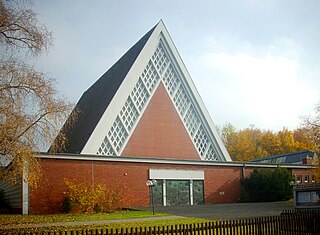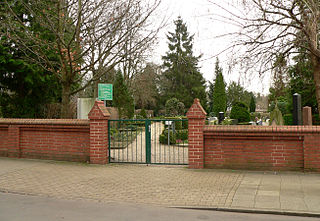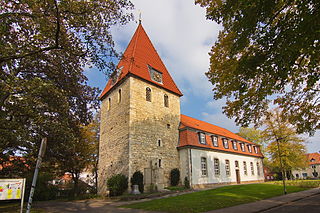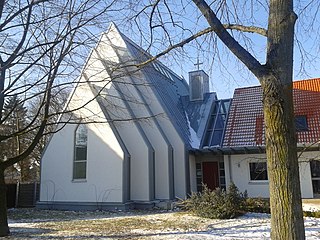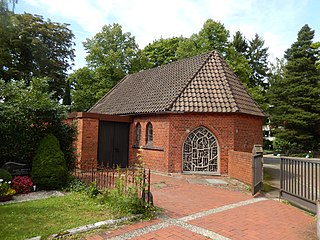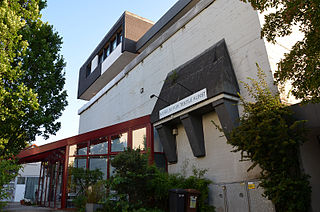Self-guided Sightseeing Tour #10 in Hanover, Germany
Legend
Tour Facts
1.8 km
13 m
Experience Hanover in Germany in a whole new way with our free self-guided sightseeing tour. This site not only offers you practical information and insider tips, but also a rich variety of activities and sights you shouldn't miss. Whether you love art and culture, want to explore historical sites or simply want to experience the vibrant atmosphere of a lively city - you'll find everything you need for your personal adventure here.
Activities in HanoverIndividual Sights in HanoverSight 1: Zu den heiligen Engeln
Zu den heiligen Engeln is a Catholic parish and church in Hanover-Kirchrode, Lower Saxony, Germany. The church was built in 1964 on a design by Josef Bieling, and was remodeled in 2014. It is now the parish church of a larger parish, serving the district Kirchrode-Bemerode-Wülferode. It belongs to the deanery of Hanover and the Diocese of Hildesheim. The church is dedicated to the angels.
Sight 2: Kirchröder Friedhof
The Kirchröder Friedhof is a cemetery in Hanover, Germany, built in the 19th century and now a listed building. It is maintained by the Evangelical Lutheran congregation of the Jakobikirche in Hannover-Kirchrode and is called the cemetery of the Jakobikirchgemeinde zu Hannover-Kirchrode, or Friedhof der Jakobigemeinde for short. It is located on the street Kleiner Hillen 5 at the corner of Pastor-Gerhard-Dittrich-Weg.
Sight 3: Jakobikirche
St. Jakobi is the name of a Lutheran parish and church in Hannover-Kirchrode, Lower Saxony, Germany. It dates back to the 12th century, was remodeled in Baroque style, destroyed in World War II, and restored.
Sight 4: St. Maria Angelica
The Parish Church of St. Maria Angelica in Hanover, Germany, is the church of the Old Catholic Parish of Hanover/Southern Lower Saxony. The church, which has been in use since 2010 and was consecrated on 3 September 2011, is located on a property that originally belonged to the neighbouring Lutheran parish of St. James (Jakobikirche). The land was purchased in 2003 by the Old Catholic parish.
Sight 5: Stadtteilfriedhof Anderten
The Anderten District Cemetery in Hanover, also known as the Anderten Cemetery or Anderten Cemetery, is a former church and now municipal cemetery with an area of around 1.66 hectares. The location of the listed green space in today's Hanover district of Kirchrode is Ostfeldstraße 12.
Sight 6: Museum für textile Kunst
The Museum of Textile Art in Hanover-Kirchrode is a registered, non-profit association of the Textile Museum. It was opened in 2007. It has a collection of fabrics and garments collected from all over the world. On display are mainly traditional and imaginative handicrafts made of fabrics. The museum is based in the bunker in Borchersstraße in Kirchrode. The thick bunker walls are ideal for exhibiting the costumes, as the almost constant indoor climate also protects the fabrics in the long term and prevents fabric decay in the long term.
Share
How likely are you to recommend us?
Disclaimer Please be aware of your surroundings and do not enter private property. We are not liable for any damages that occur during the tours.
GPX-Download For navigation apps and GPS devices you can download the tour as a GPX file.
